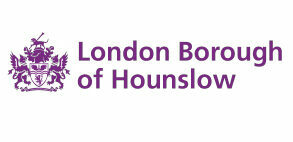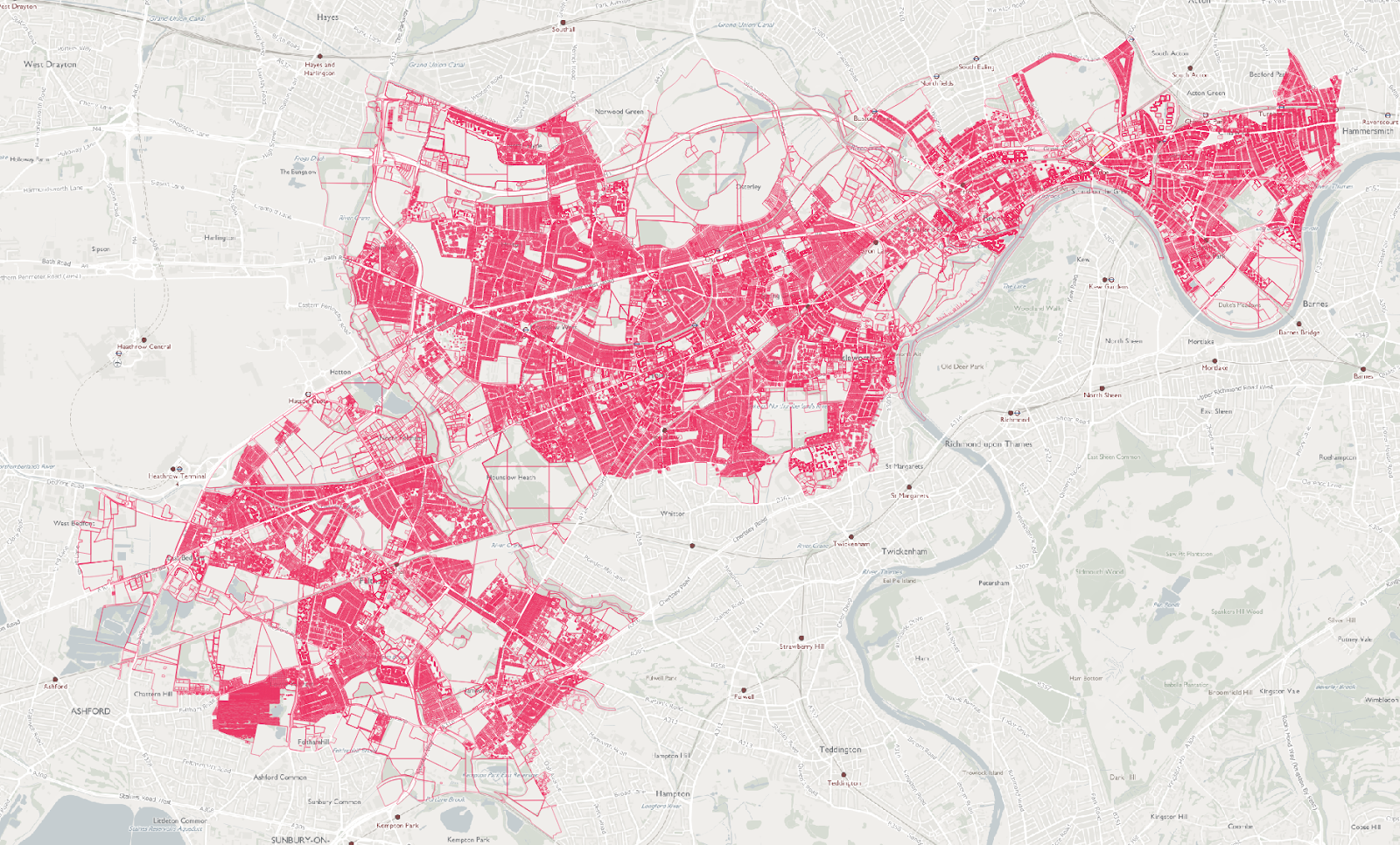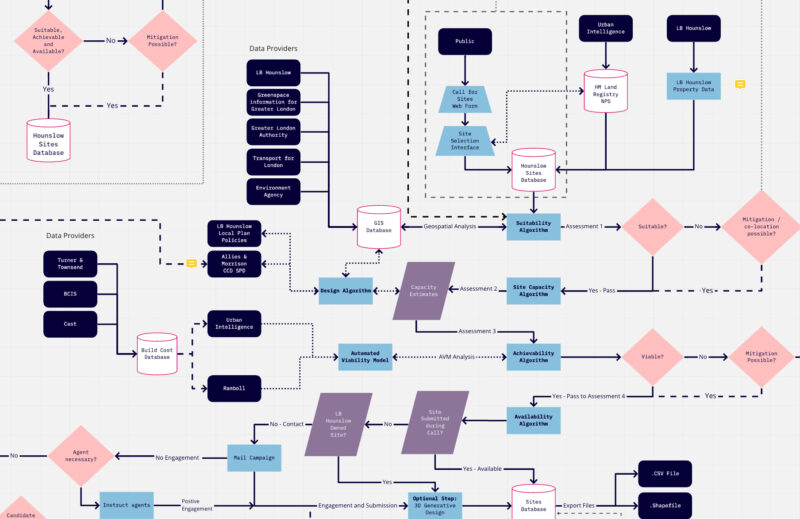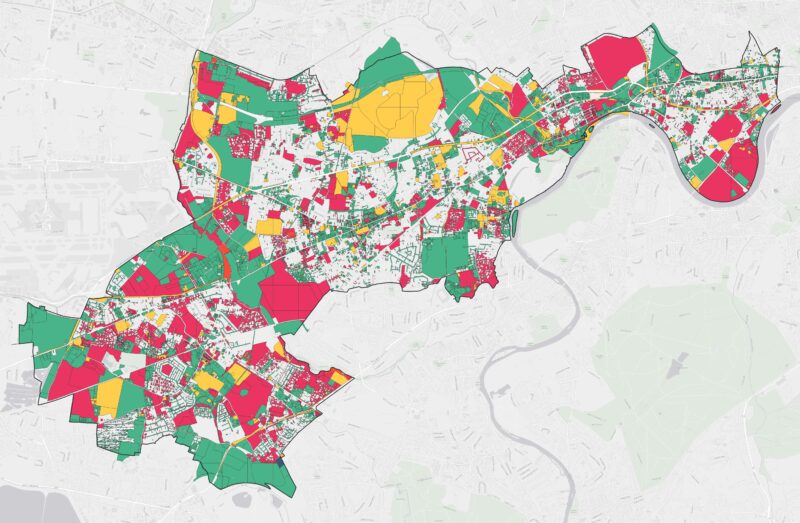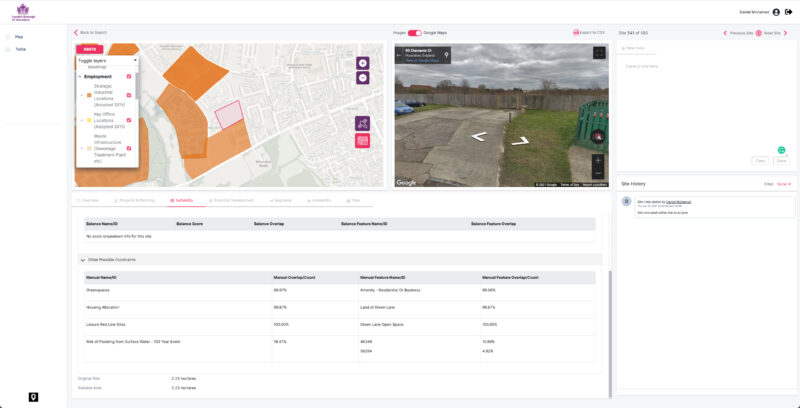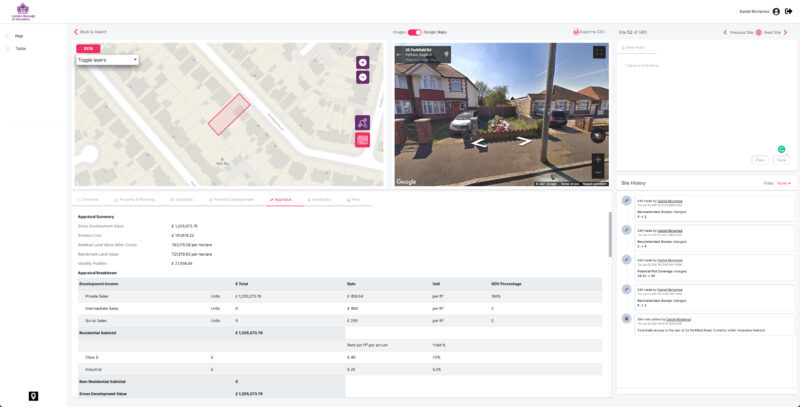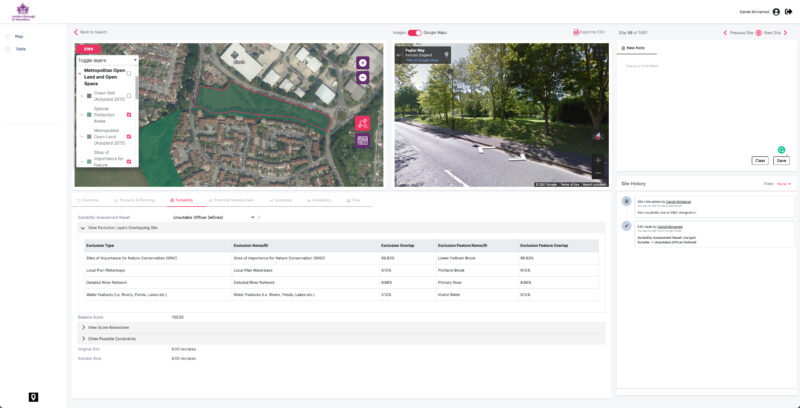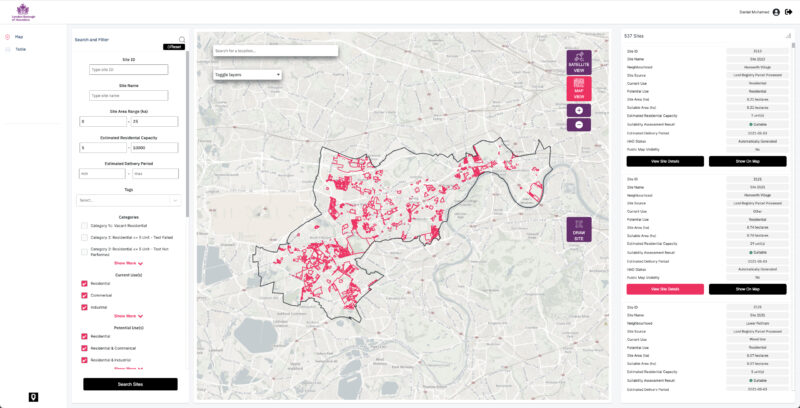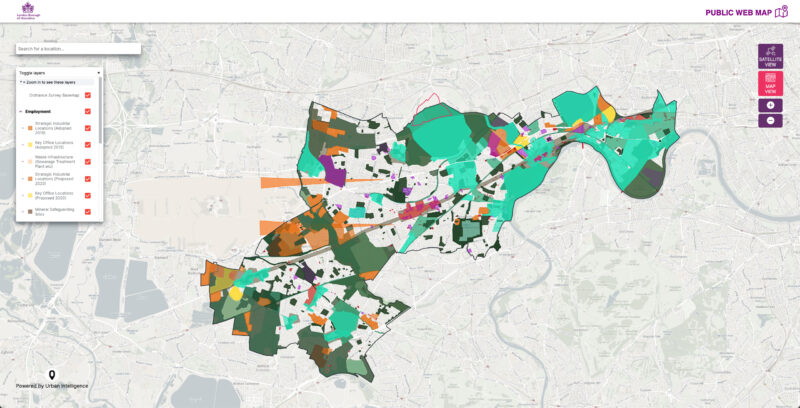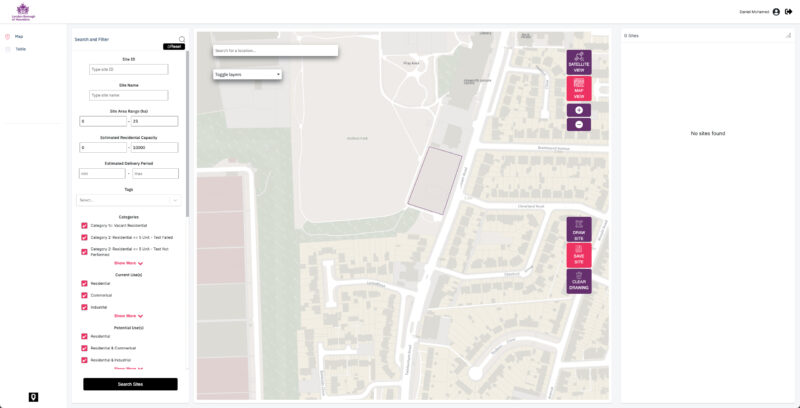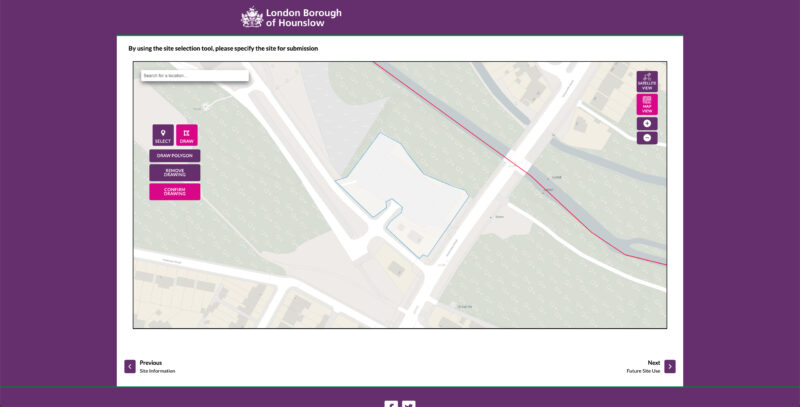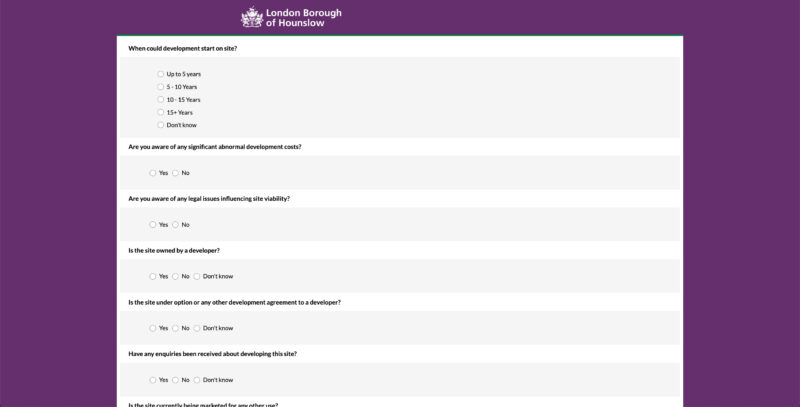The London Borough of Hounslow faces the challenge of finding land for many new homes over the next plan period. The mayor’s new London Plan sets Hounslow a ten-year target for 17,820 homes, with 2,800 of these for delivery on small sites of less than 0.25 hectares.
In October 2020, the London Borough of Hounslow awarded Urban Intelligence a contract to undertake an innovative approach to the traditional local plan ‘Call for Sites’. The usual process involves landowners and developers submitting and emailing PDFs of sites they are interested in for inclusion within the local plan process. Planning officers then spend months undertaking a sustainability assessment of these sites to assess their achievability, suitability, capacity, viability and availability.
The conventional approach would typically lead to around 300-600 sites submissions to a local authority. However, with our innovative approach, we have instead analysed every single potential site across the borough. In Hounslow’s case, that’s around 115,000 (or 191x as many plots of land). Taking this fresh approach has enabled Hounslow to consider the maximum number of development sites possible for planning purposes. It will also support the borough in meeting obligations set out by the National Planning Policy Framework (NPPF) and London Plan policies.
UI has also integrated and streamlined the ‘call for sites’ exercise itself in a module within the tool built for Hounslow. The exercise now focuses on the site’s availability and the likelihood of it being brought forward for development as the site’s capacity and suitability can be assessed geospatially. Removing unnecessary questions makes it less cumbersome and faster for developers to respond to the consultation, further helping to increase the number of sites submitted. In addition, proposed sites will be automatically scored and ranked using UI’s SiteScore® algorithms with rules defined and agreed upon between UI and Hounslow planners, aided by the character and context study being undertaken in parallel by leading designers Allies & Morrison.
Hounslow now has this information presented in a state of the art software system designed with officers, especially for this particular purpose. Read on below for further details on the benefits of this project case study.
Running the numbers...
- 0Homes to be delivered in Hounslow
- 0Small sites to identify
- 0Square kilometres analysed
- 0Sites considered
“The new Sites Database will provide invaluable support to planning officers when making decisions about the development potential of identified sites. ”
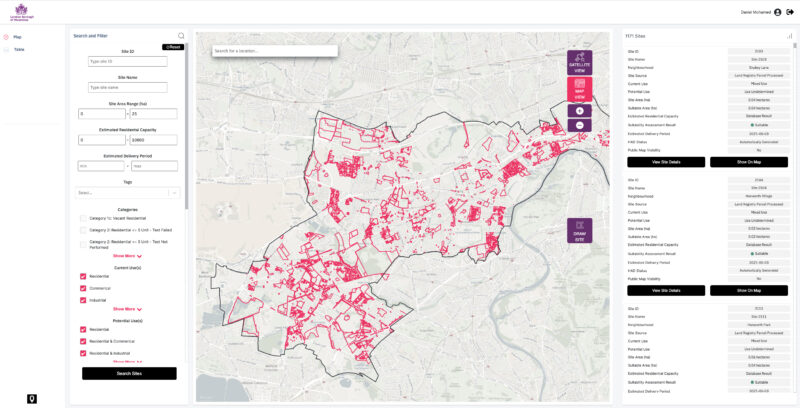

Unlocking hidden value.
Meeting Hounslow’s housing needs required some creative thinking – outside the box. The Council wanted to undertake a thorough and complete sites analysis exercise, leaving ‘no stone unturned’. Working with officers, Urban Intelligence has considered every square inch of the borough.
Utilising Land Registry information, the Council’s assets, policy data and more, we’ve helped officers to build a full picture of the Borough’s development potential. Traditionally, the focus of a site identification exercise would focus on the ‘low hanging fruit’ or more prominent sites that could deliver higher unit numbers. Instead, UI’s comprehensive approach has also considered thousands of smaller sites, helping to meet the objectives of the Mayor’s new London Plan.
Furthermore, by undertaking a highly innovative rules-based and objective system to appraisal, UI has provided council leaders with a clear roadmap that officers can begin acting on immediately to meet the Council’s ambitious goals for recovery following the COVID pandemic.
Project outcomes:
- Highlighted hundreds of new development opportunities
- A single view of sites across the organisation to improve working
- Live database – new sites can be added and appraised in real-time
- Pioneered new techniques that will save months of time and effort
- Lots of time-saving features to make life easier for officers and stakeholders
